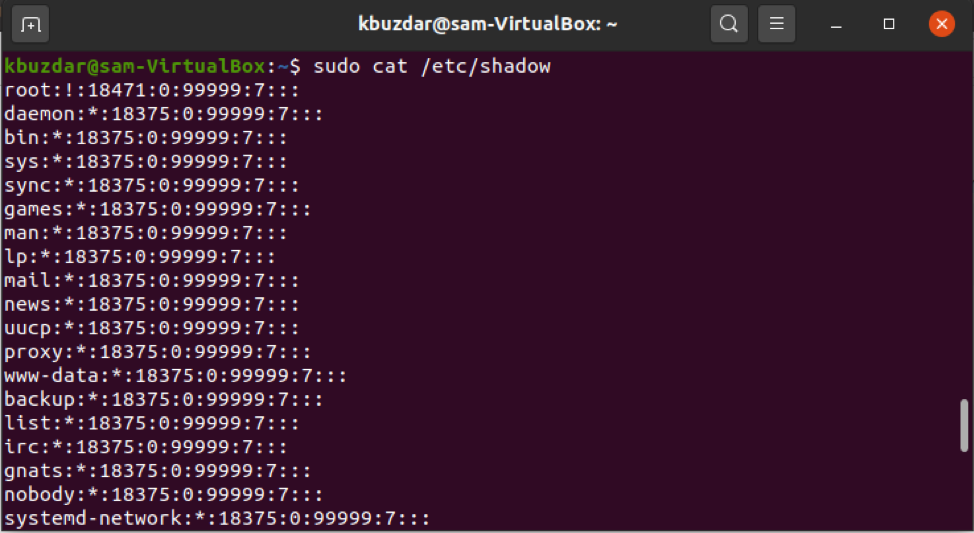

- File secure server generator generator#
- File secure server generator software#
- File secure server generator password#
With a nearly infinite number of passwords at your disposal thanks to a random password generator, employing this best practice becomes easier.

In addition to having strong passwords, cybersecurity experts recommend changing your passwords every three months.
File secure server generator generator#
And if someone has to negotiate many different passwords for various accounts, files, and devices, they’re liable to take shortcuts, like using passwords that are not as complex but easy to remember, changing one letter of a secure password and using it for other purposes, or copying old passwords altogether.Ī password generator takes the guesswork out of creating sophisticated passwords. For instance, it’s common for people to come up with a strong password but forget it later. Passwords are an enterprise’s first line of defense against hackers, and it’s important to make them as strong as possible.Įffective password management is easier said than done. System administrators should use a secure password generator because having strong, secure passwords is a crucial part of network administration best practices. For instance, if you need a password to be eight characters long, with two upper and lowercase letters, and three special characters, a random password generator will select a password for you from a pool of passwords fitting your specified criteria. Other password generators allow you to create passwords based on pre-selected parameters. If the password generator is working with a 32-bit integer, the original seed would not show up again until the password generator had generated around four billion unique passwords. The seed never shows up again until all other numbers have been exhausted. The generator starts with a single number or character called a seed, then processes the seed to find a new number or character with no previous connection to the seed. Most password generators and password generators work according to a pseudo-random algorithm. To compensate for this programming, strong password generators create passwords by using an algorithm to “create” randomness. In fact, computers are specifically designed to eliminate random results. Random password generators don’t create passwords “randomly,” that is, without rules, aims, or methods.

The three types of random number generators are: You can think of a password generator as a random number generator. A random password generator takes all the guesswork out of coming up with a suitably complex password to protect your devices.
File secure server generator software#
This cookie tracks pages viewed, visitor source, time spent on the site, and IP address to support Account-Based-Marketing (ABM) and Business-to-Business (B2B) marketing objectives.A password generator is a piece of hardware or software that automatically generates an infinite number of secure passwords for administrators to use across their systems environment. Meta Pixel cookies also enable FileCloud to track conversions, define custom audiences, and build ad campaigns. This cookie enables targeted advertising to appear in your Facebook feed, based on your visit to a FileCloud page. This cookie enables targeted advertising to appear in your LinkedIn feed, based on your visit to a FileCloud page. Specifically, Hotjar collects statistics on visits to the website, including number of visits, average time spent, and what pages were read. Hotjar sets a unique ID for a user’s session, which allows the website to obtain data on visitor behavior for statistical purposes. Google services used include AdWords, Dynamic Remarketing, DoubleClick Floodlight, and DoubleClick Ad Exchange-Buyer. Google helps us target search engine marketing, track how users interact with the FileCloud, and target advertisements on other websites. This cookie registers statistical data on users' behavior on the website for internal analytics. This cookie stores and updates a unique value for each visit to track page views.


 0 kommentar(er)
0 kommentar(er)
